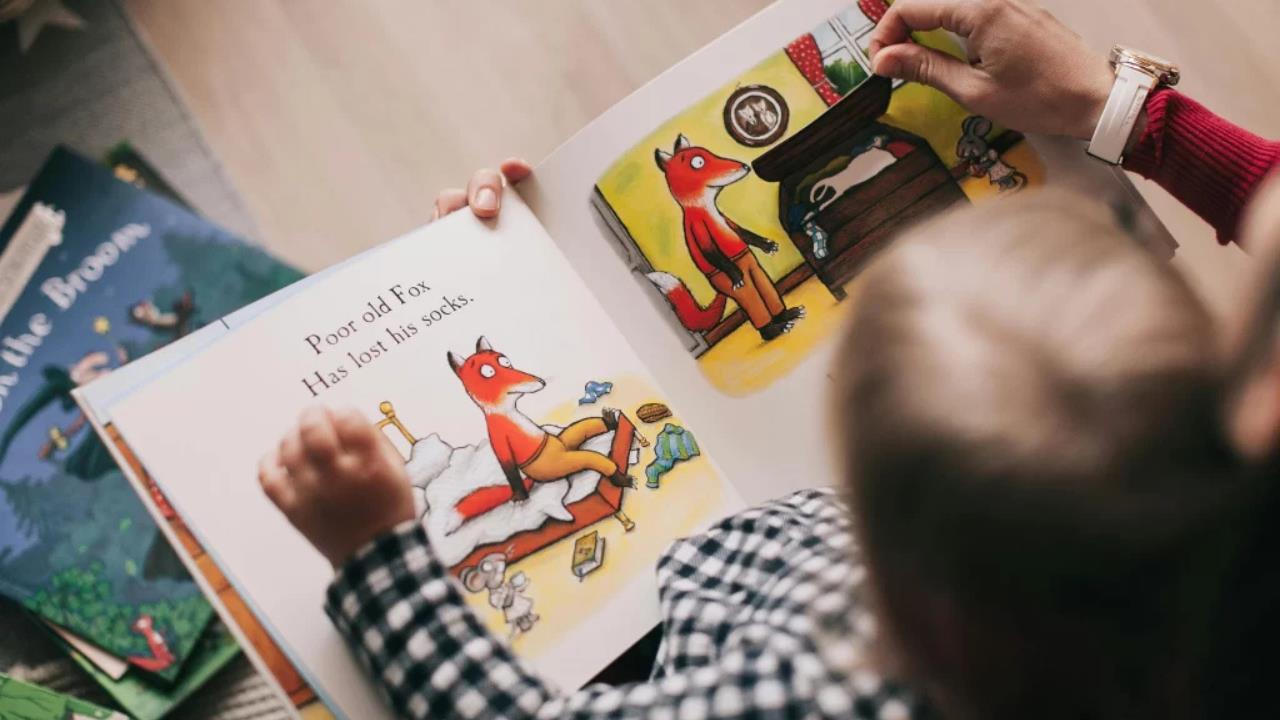Introduction to Language Development in Children
The evolution of language skills in children is an intricate and dynamic process. It encompasses various aspects, such as cognitive development, social interactions, and emotional growth. From recognizing sounds as infants to constructing full sentences, language acquisition plays a pivotal role in shaping how children perceive and interact with their world. Parental and educational engagement is instrumental in fostering an environment conducive to linguistic advancements, and through various interactive techniques, they can enhance articulation and comprehension from a young age.
The Role of Children’s Literature in Language Skills
Children’s literature serves a fundamental purpose beyond mere entertainment; it introduces young readers to new words, diverse grammar forms, and distinct storytelling techniques. Engaging narratives with rich and vivid illustrations helps kids expand their imagination while building their vocabulary and understanding of complex sentence structures. For children undergoing monotone speech therapy, exposure to expressive characters and varied dialogue can be especially beneficial in modeling natural intonation and emotional expression. This literary exposure also aids cognitive development by encouraging critical thinking and empathy as children explore different characters’ perspectives and emotions, strengthening their ability to communicate effectively in diverse situations.
How Reading Aloud Influences Speech Patterns
Reading aloud is a treasure trove of opportunities for enhancing children’s speech and language skills. This practice immerses children in the sound and rhythm of language, emphasizing natural intonations and variations in speech. According to Praxis Literacy, reading aloud fosters attentive listening and comprehension, equipping young minds with essential auditory skills. The emphasis on certain words or phrases and the varied pace of storytelling help children learn how to modulate their voices, leading to more expressive speech patterns.
Monotone Speech Therapy: An Overview
The monotone speech presents a unique challenge. Speakers use little variation in pitch or tone, often making it harder for listeners to engage deeply or understand emotional nuances. Speech therapy becomes pivotal for children exhibiting such patterns, emphasizing exercises and methodologies to introduce greater vocal variety. Therapists focus on intonation and rhythm, helping children understand the importance of stress and emphasis in effective communication. Tailored therapeutic activities enrich their expressive range, which is vital for personal interactions and emotional connectivity.
Using Stories to Improve Expressive Speech
Stories offer a dynamic platform for combating monotone speech. Through innovative storytelling approaches, therapists can guide children in practicing different pitch variations and emotional expressions. Kids engaging with stories mimic character dialogues and sound effects, fostering a playful yet effective learning environment. Such activities make the learning process enjoyable and enhance children’s ability to express themselves more dynamically, leveraging tone to convey emotions such as excitement, curiosity, or empathy.
Practical Tips for Parents and Educators
Implementing storybooks in language development and therapy can significantly benefit children’s speech. Here are some strategies that parents and educators can utilize:
- Engagement in Reading: Schedule regular reading sessions that encourage interaction. Dialogues during and after stories help children process and verbalize their thoughts.
- Choosing the Right Literature: Select books with vivid descriptions and dynamic narratives. Complex characters and dialogues can captivate children’s interest and provoke thought.
- Utilizing Audiobooks: Audiobooks are excellent resources as they showcase variations in reading styles and model emotional expression and speech modulation.
- Integrative Play: Turn stories into playful activities. Role-playing based on book characters can stimulate creativity and help practice speech variations in a fun manner.
Conclusion: The Synergy Between Reading and Speech
The connection between children’s literature and speech development is profound and essential. By incorporating books into daily routines, children can experience more than just an increase in vocabulary or story comprehension; they gain the tools to communicate effectively and emotively.





